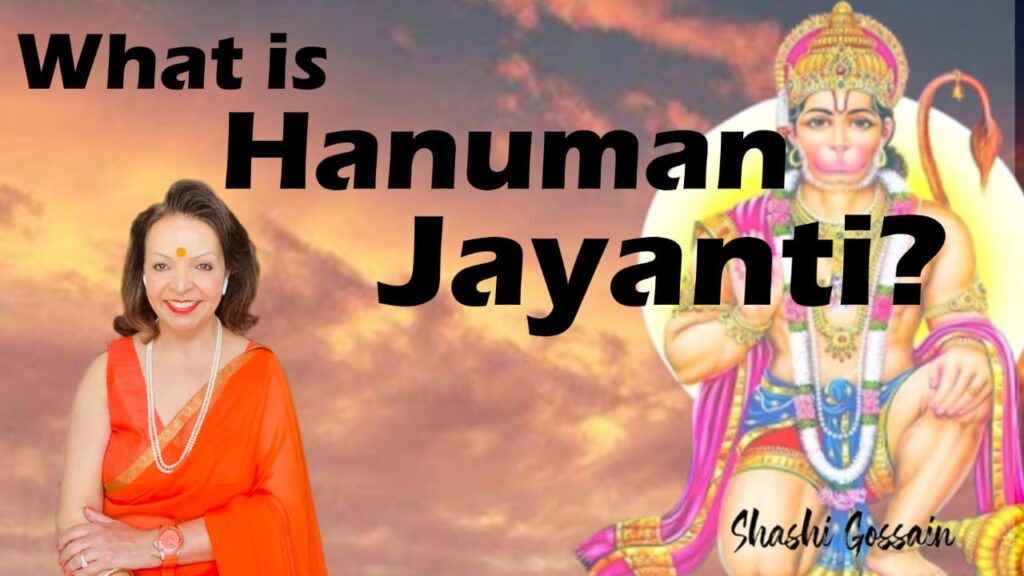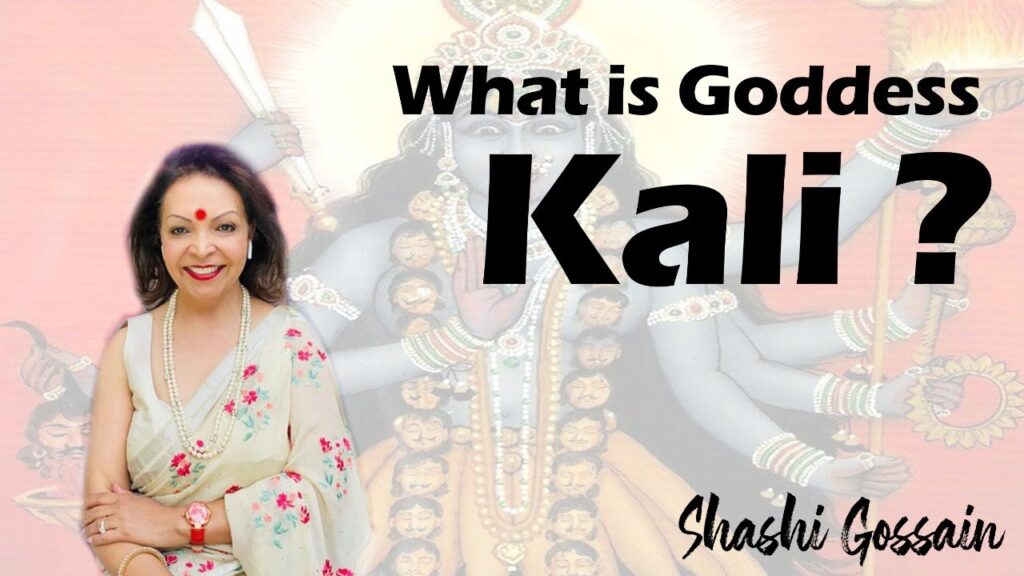What exactly is an avatar? Which are the 10 avatars of Vishnu? Why did Lord Vishnu take avatar? In this article we are going to discuss all such questions. Lord Shri Krishna (Avatar of Vishnu) himself has answered these questions in the Gita:
Yada Yada Hi Dharmasya Glanir Bhavati Bharata Abhyuthanam Adharmasya Tadaatmaanam Srijaamyaham
Shri Krishn said: “Whenever There Is A Decline In Righteousness And An Increase In Sinfulness, O Arjun, At That Time I Manifest Myself On Earth.”
Who is the supreme god of the Hindu religion?
For Hindus, Brahman is the Ultimate Reality, the supreme God. The term also refers to the ‘divine consciousness.’ Brahman can be shown in many forms including deities, which are visual presentations of the divine.
What exactly is an avatar?
An avatar is an incarnation, or representation, of Lord Vishnu, who is the protector aspect of the Trimurti. It is believed that whenever there is any evil during the evolution in the history of mankind, God incarnates on earth to restore the cosmic order. As mentioned in the holy Bhagavad Gita (4.7), “Whenever there is a decline in righteous and wherever there is a predominance of unrighteousness. I incarnate on earth.”
Which are the 10 avatars of Vishnu?
Lord Vishnu, the preserver of the universe is believed to have 10 incarnations. He has appeared each time the mankind is in danger or when evil or tyranny overpowers righteousness. Although there are countless avatars of Vishnu, including hermits, Manus & other devas, there are only ten complete avatars of Vishnu according to the Puranas, the sacred texts. The order of concept of 10 avatars or Dashavataras, has been proved by modern theory of evolution. It was interpreted as a series of stories, which were written between 12,000-14,000 years ago. It describes the cycle of human evolution beginning in water as:
- Matsya: The fish, on to
- Kurma: The tortoise, the amphibious phase (half land and water) on to
- Varaha: The wild boar, begin firmly established on land, then
- Narsimha: The half-man (half man–half animal), followed by
- Vamana: the Dwarf man, on to
- Parshurama: The angry man, on to
- Rama: The perfect man, then
- Krishna: The divine statesman, followed by
- Buddha: The meditative man, who will be succeeded by the
- Kalki: The destroyer of Adharma, final incarnation of Vishnu, Kalki
There are some regional beliefs that Balarama, Krishna’s elder brother or Lord Jagganath are the 9th incarnation. This is thus also a description of the evolution of consciousness. This concept has been recognised by many western scholars. Professor Monier Williams wrote “Indeed, the Hindus were Darwinians centuries before the birth of Darwin, and before any word like evolution existed in any language of the world.”
Which is the first avatar of Vishnu?
MATSYA:
Fish avatar King Vaivasvata Manu found a little fish in his hands while offering water to God. The fish asks Manu if his riches and power was enough to give the fish a nice home. Manu keeps the fish to give it a home, but the fish keeps expanding, which breaks Manu’s pride about his wealth. Eventually, he releases it into the ocean, realizing it is Lord Vishnu himself. Vishnu informs Manu of the coming destruction of the world, by means of fires and floods, and directs Manu to collect “all creatures of the world” to keep them safe on a boat built by the gods. When the flood comes, Vishnu appears as a great fish with a horn, to which Manu ties the boat, which leads them into safety.
Who is the 2nd avatar of Vishnu?
KURMA:
The Giant Tortoise Avatar During the churning the Ocean of milk, by the Gods & demons for the nectar of immortality, Mount Mandara, which was being used to churn, started sinking. Vishnu took the form of a tortoise to bear the weight of the mountain to save the world.
Which is the third avatar of Vishnu?
VARAHA:
The Giant Boar Avatar. He appeared to defeat Hiranyakashipu, a demon who had sunk the Earth, to the bottom of the cosmic ocean. Varaha carried the Earth out of the ocean between his tusks and restored it to its place in the universe.
Who is the 4th avatar of Vishnu?
NARASIMHA:
The half-man/half-lion Avatar King Hiranyakashipu was a demonic King who persecuted innocent people, including his own son Prahlad, who did not worship him as a God. He had become arrogant, as he had a boon that he could not be killed
- By a man or animal
- By any weapons
- During the day or night
- Neither inside or outside a house
Vishnu descended with the body of a man and head and claws of a lion & killed Hiranyakashipu at dusk at the entrance of his palace.
Who was the 5th avatar of Vishnu?
VAMANA:
The Dwarf Avatar According to Rig Veda, Lord Vishnu took three strides, with which he measured out the three worlds: earth, heaven and the space between them. At a later stage, there was a demon king, Bali, who ruled the entire universe, as Gods had lost power due to a curse. The Gods asked Lord Vishnu for help, who appeared as a dwarf, called Vamana. Vamana worked hard for King Bali & in return Bali promised him anything as a reward. Vamana asked for 3 paces of land, which Bali willingly agreed to, as he could see the dwarf had tiny feet. Vamana turned into a giant, & with one step, covered the earth, with the 2nd step, heaven. As there was nowhere left to go, the demon king lowered his head and suggested Vamana place his foot on it for the promised third step. Vamana stepped on Bali, which sent him underground. Due to his steadfastness in keeping a promise, Vishnu made Bali the King of the underworld.
Which is the Sixth avatar of Vishnu?
PARSHURAMA
Parashurama was born to a Brahmin sage Jamadagni and the princess Renuka, a member of the Kshatriya class. He was a warrior sage, who had to follow the principles of a Brahmin & Kshatriya After a penance to Lord Shiva, he was granted a boon of an axe. Once there was King Kartavirya Arjun, who halted with his huge army at the ashram of Parashuramas parents. His father was able to feed the entire army with the aid of the divine cow, Kamadhenu. The king demanded the cow, & his father refused. Enraged, the king took it by force and destroyed the ashram. Parashurama then killed the king at his palace and destroyed his army. In revenge, the sons of Kartavirya killed Jamadagni. Parashurama took a vow to kill every Kshatriya on earth twenty-one times over, and filled five lakes with their blood. Ultimately, his grandfather, Rishi Rucheeka, appeared before him and made him halt. He realised that anger had made him act this way. He threw away the axe & went into permanent penance. The place the axe landed in sea got its water displaced and the land which emerged thus came to be known as coast of Karnataka and whole of Kerala.
Who is the 7th avatar of Vishnu?
RAMA:
The Avatar of Morality and Rules The king of Ayodhya. He is a commonly worshipped avatar in and is thought of as the ideal model of a common prince without super powers. His story is recounted in one of the most widely read scriptures of Hinduism, the Ramayana. While in exile from his own kingdom with his brother Lakshman, his wife, Sita, was abducted by the demonic King Ravana of Lanka. He killed the Ravan with the help of Hanumanji & rescued Sita. The day of the return of Prince Rama & Sita, Ayodhya is celebrated as the festival Diwali all over India.
Which is the eighth avatar of Vishnu?
KRISHNA
He was the son of Devaki & Vasudeva Lord Krishna embodies several qualities such as love, duty, compassion, and playfulness. He gave the sacred discourse of Bhagavad Gita before the Mahabharata epic battle, which forms the principles of Hinduism that is still practised, as prescribed.
Who is the 9th avatar of Vishnu?
BUDDHA
Gautama Buddha, the founder of Buddhism. A compassionate teacher, who preached the path of ahimsa or non-violence to achieve a state of inner peace and wisdom, leading to the ultimate Nirvana.
Which is the tenth avatar of Vishnu?
KALKI
The final avatar is prophesied to appear at the end of the present kali yuga age to punish the evil & reward the good. He will usher in the Satya Yuga age of sacrifice & morality. He is depicted riding a white horse with a fiery sword.


